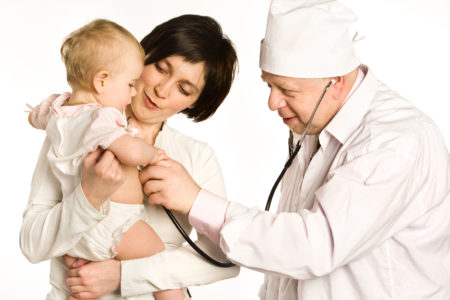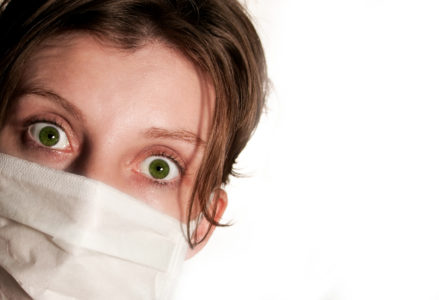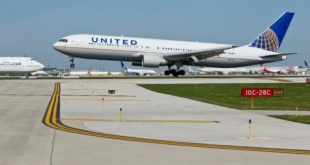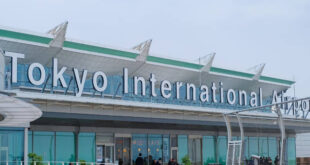Who hasn’t been on a trip and after a day or two their stomach begins to revolt? This phenomena has a name, Traveler’s Diarrhea and every locale has its own nom de plume - New Delhi = Delhi Belly, Mexico = Montezuma’s Revenge, etc.
It is not uncommon for traveler’s to be hit an incidence within their first two weeks of travel abroad, so we thought we’d dig in and see what the experts advise.
US National Institutes of Health explains traveler’s diarrhea


Suggested strategies for treating traveler’s diarrhea?
To read the complete report, click “NIH Traveler’s Diarrhea”
Advertisement
Mayo Clinic explains traveler’s diarrhea

Mayo Clinic takes a very common sense approach, noting how traveler’s diarrhea tends to correct itself. But if that is not the case, they recommend re-hydration as key. In addition, three medications are provided.
- Anti-motility Agents
- Bismuth subsalicylate (Pepto-Bismol)
- Antibiotics
Anti-motility medications aren’t recommended for infants or people with a fever or bloody diarrhea, as they can delay clearance of the infectious organisms and make the illness worse.
Also, stop using anti-motility agents after 48 hours if you have abdominal pain or if your signs or symptoms worsen and your diarrhea continues. In such cases, see a doctor.
To read the complete report, click “Mayo Clinic - Traveler’s Diarrhea”
Advertisement
CDC offer’s their observation on occurrence of Traveler’s Diarrhea

The CDC opines that the most important factor in the cause and risk of traveler’s diarrhea is the destination. Dividing the world into risks: Low, Intermediate, and High.
- Low Risk Countries
- Intermediate Risk Countries
- High Risk Areas
To read the complete report, click “CDC - Traveler’s Diarrhea”
Advertisement
WebMD on identifying Traveler’s Diarrhea

While we all know when we have diarrhea, we are running, literally. That said, WebMD is very thorough. WebMd piece on Traveler’s Diarrhea.
Traveler’s diarrhea is a stomach and intestinal infection that occurs as a result of unsanitary handling of food. Food handlers who do not wash their hands after they use the bathroom can transmit the infection to people who consume the contaminated food.
Areas where there is the highest risk of contracting traveler’s diarrhea include the developing countries of Africa, the Middle East, Latin America, and Asia. The risk of infection varies depending on the type of eating establishment visited — from fairly low risk in private homes to high risk in food from street vendors.
The most common culprit is a bacteria called E.coli.
What Are the Symptoms of Traveler’s Diarrhea?
The typical symptoms of traveler’s diarrhea include:
- Abrupt onset of diarrhea
- Fever
- Nausea and vomiting
- Bloating
- Urgent need to have a bowel movement
- Malaise (weakness or discomfort)
- Explosive and painful gas
- Cramps
- Loss of appetite
Advertisement
Advice from the Canadian travel office
If you can’t boil it, cook it or peel it, leave it! #TravelHealth starts with what you eat and drink. https://t.co/EY4J8cb4QC
— travel.gc.ca (@TravelGoC) May 7, 2018
 Travel Securely Securely Travel
Travel Securely Securely Travel





